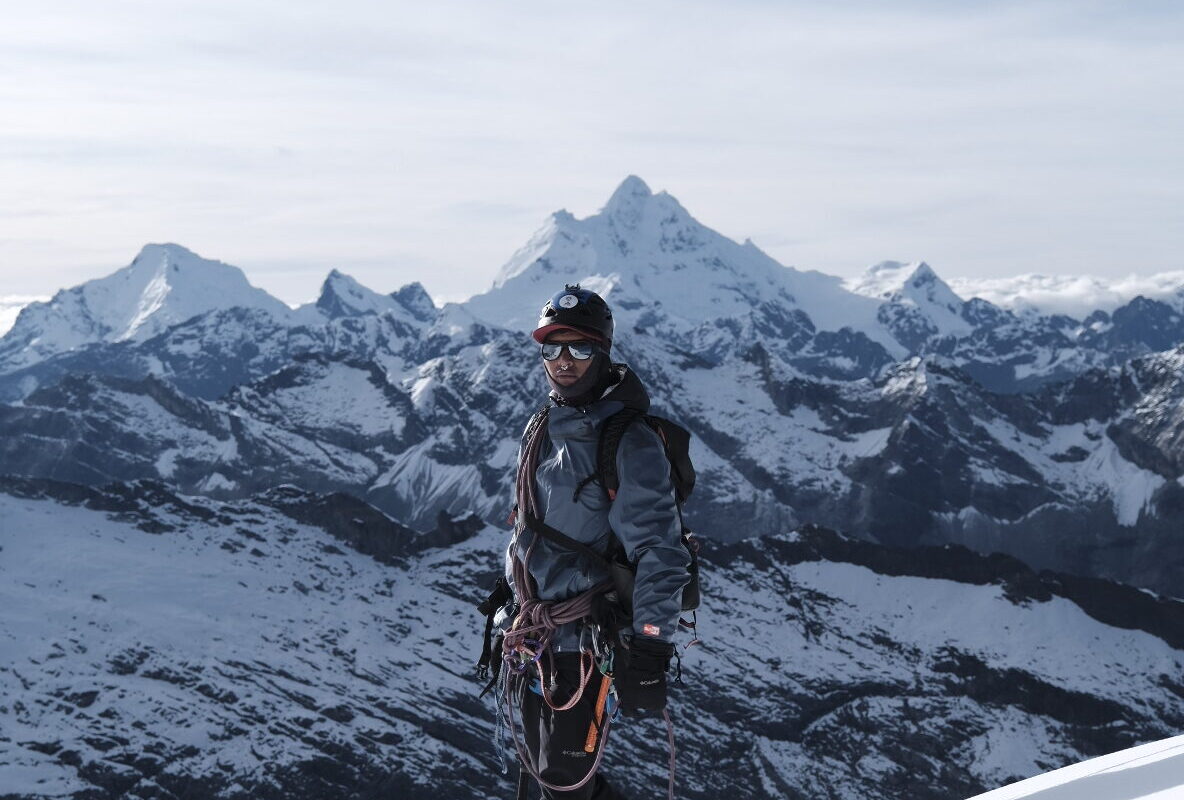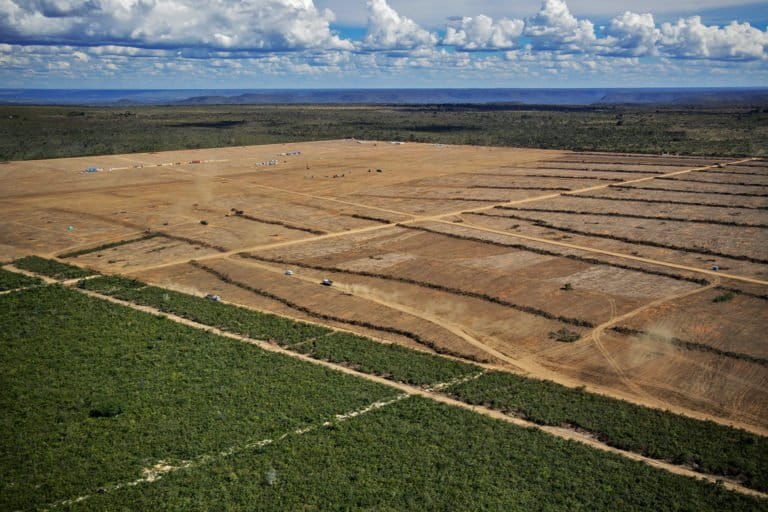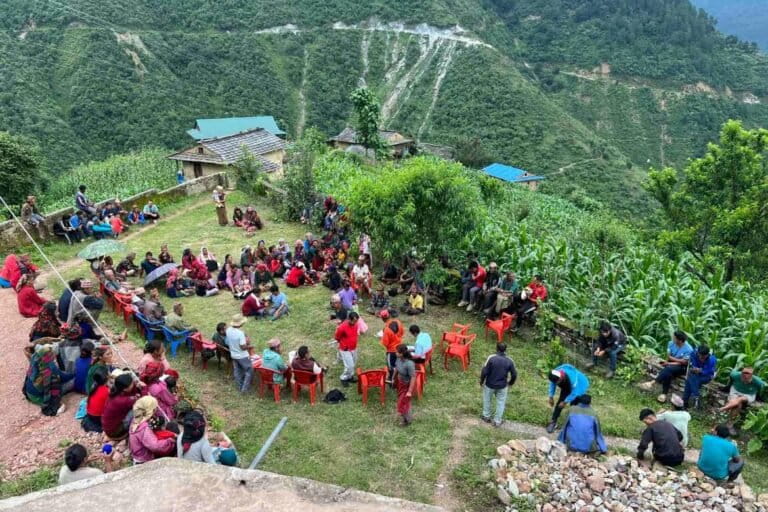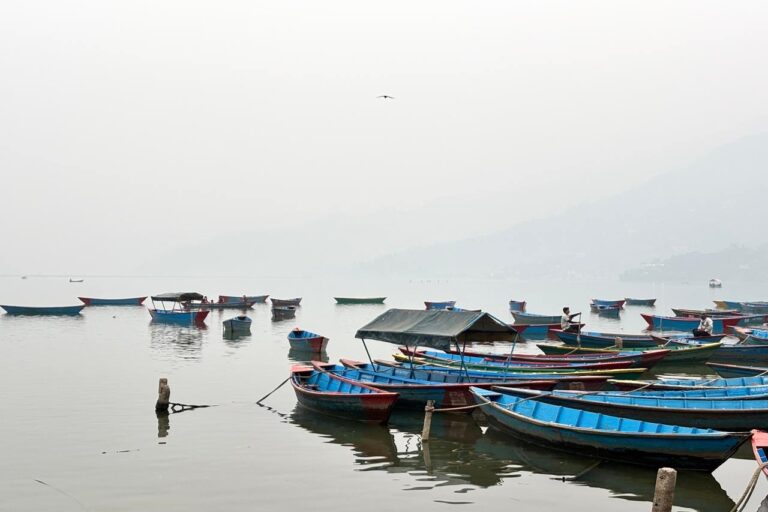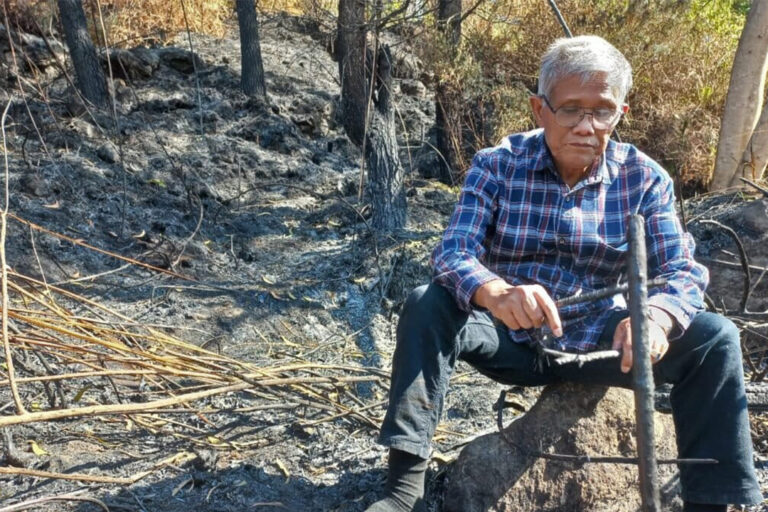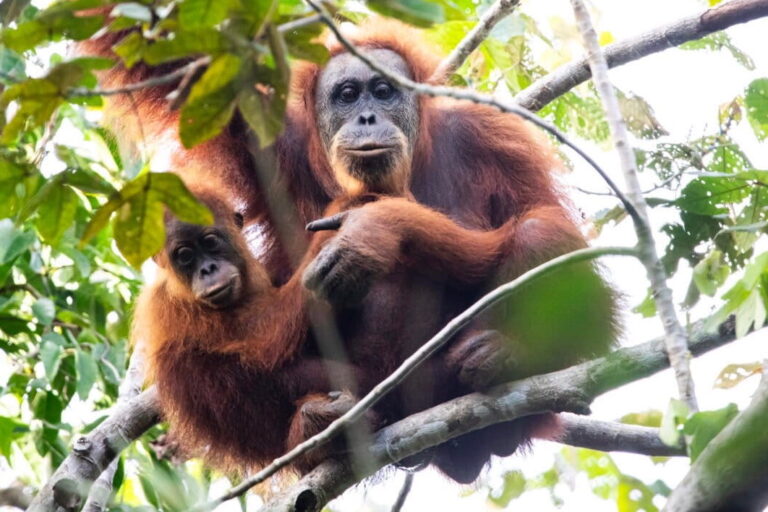Book Review: State of the Wild
Book Review: State of the Wild
Jeremy Hance, mongabay.com
May 9, 2008
Overview
State of the Wild is a textbook sized collection of essays and conservation information from the Wildlife Conservation Society. The book deals with myriad issues surrounding wildlife and ecosystem conservation, essentially exploring the current ‘state of the wild’ through various lenses.
I will admit up-front that I did not read every essay in the book; instead I chose the ones that most caught my interest, reading approximately half the book. This reflects how such a book should be read and returned to. Rather than a narrative, it is a snapshot of global conservation that can be gone back to repeatedly for new information and insights.
While each of the essays devote themselves to a particular issue or view point, I think in general the book accomplishes its goal of reflecting the current state of global conservation. The more essays one reads, the larger the picture grows of where conservation is at and where it may be headed.
Some Highlights and Criticisms
State of the Wild opens with a section providing one-paragraph descriptions of recent movements on global conservation hotspots and endangered species. The section covers everything from a controversial road building project in Poland to a new marine sanctuary in Philippines’ beleaguered waters. Reading through this one becomes aware how important local decision and actions can be, and the number of nations that are taking conservation seriously.
There are several excellent essays in the book, and none mediocre. “Tipping Point: Perspective of a Climatologist” by James Hansen provides a lucid and reasonable depiction of how climate change is and will be affecting the world’s species. “The Last of the Great Overland Migrations” by Joel Berger is a sobering essay on the massive migrations that have already been lost—think of millions of bison crossing the American plains before their slaughter—and those that are increasingly endangered. “Downward Spiral” is an excellent piece by Todd E. Katzner on South East Asia’s vultures near-extinction due to a veterinary medicine for cattle, and the rapidness with which nations like India have responded in the crisis.
New perspectives and new fields in conservation are explored in essays like “Conservation Psychology”, which studies how people are drawn to conservation and what are the best arguments to make people care, and “Conservation as Diplomacy”, about the fact that conservationists will go where political diplomacy has failed or refuses to go. The book also includes a large section of a collection of essays on disease, both human and animal, and conservation.
The book is full of quality essays and information. My critique of it is that it appears—through its form and presentation—too much like a textbook (though essentially it is an essay collection, not a textbook) to appeal to non-specialists. While someone of the general public would gain a lot from reading this text, I do not imagine many purchasing it. Yet the lucid writing, unhampered by erudite scientific terms or complex statistics, would serve the general public well in exploring the complexity of conservation. This would be one change I would recommend for the next release of State of the Wild (every two years): make it friendlier for the general public, not through changing the nature of the essays, but rather the look and feel of the book itself. It’s a small point but an important one.
That being said, I would highly recommend this to anyone interested in conservation issues and progress. The book would also be an excellent addition to any high school or college biology or environmental studies curriculum, as it is an excellent introduction to the importance of conservation, and the complexities involved in its implementation.
A final reason to add this book to your collection or library: it is printed on recycled and acid-free paper. I always appreciate when an organization, like the Wildlife Conservation Society, practices what they preach.



